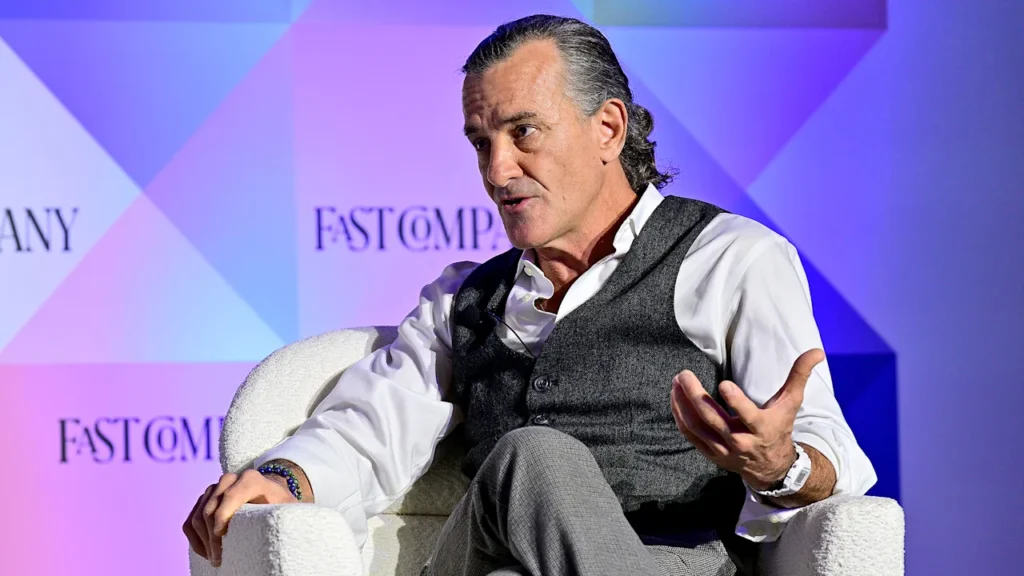
Want a reason to be optimistic? The global food system is showing some green shoots that suggest more sustainable farming practices are on the way.
But consumers play an integral role in making that a reality, and the choices they make every time they shop at the grocery store matter more than we may realize.
That’s because farmers, companies, and consumers must all work together to create a more sustainable food system, according to Paul Rice, founder of Fair Trade USA, which certifies products to meet standards around fair pricing, safe working conditions, and sustainable farming practices.
“We have the ability to vote with our dollars . . . to choose products that are climate friendly, that are sustainable, that are healthy, that are nutritious,” said Rice, speaking at the Fast Company Innovation Festival last month in New York. “And by doing that, by making that choice, we reward both the retailers and brands that are bringing us those products, but then also the growers.”
That said, there’s an obligation for all of these various players to think intentionally about their interconnectedness, added Chris MacAulay, vice president of North America at Too Good To Go, which tackles food waste by connecting consumers to surplus food at restaurants and grocery stores.
At the heart of the issue, MacAulay said, is that food is a “powerful connecting force” that needs to be valued. “When we value it more highly, there’s enough money to help drive this virtuous cycle flywheel that we can get to.”
‘Internalize the externalities’
Even so, change needs to happen on various fronts.
One possibility might be to “internalize the externalities”—or charge consumers some incremental amount of money that goes toward sustainability, in the same way that you must pay a deposit in many states when buying beer, noted Anthony Myint, executive director of Zero Foodprint, which mobilizes businesses to contribute a percentage of their sales to support farmers.
“If we want healthy soil, if we want to change farming, then we need policies and laws and programs that kind of include that little—it could be a penny, it could be a dollar—but any amount going to that change directly,” Myint said.
While the challenges facing the food system are “a little depressing,” there are signs of gradual progress that offer reasons to be hopeful, Myint said. “If we can just go from doing zero to just doing anything, then it’s almost going to solve itself.”
Opportunity for entrepreneurs
Rice and MacAulay likewise see business reasons for optimism.
There’s an opportunity to continue to build and iterate upon those sustainability efforts that have begun to grow, while there are “so many good ideas that haven’t been hatched yet,” MacAulay said.
And players at all stages are experiencing “enlightened self-interest” that will fuel the sustainability movement, Rice added.
While farmers are increasingly realizing that the continuation of chemical-intensive agriculture will deplete the soil for future generations, companies are realizing that supply-chain transparency is in their own interests—and supporting more sustainable practices is good for their brands, Rice noted.
“Corporate America writ large is moving in this direction because it’s good for business and we have to make it so,” Rice said. “And so therein lies [our role] . . . to reward companies that are doing the right thing, keep reading the label, and stay curious about the impact of our purchasing decisions.”